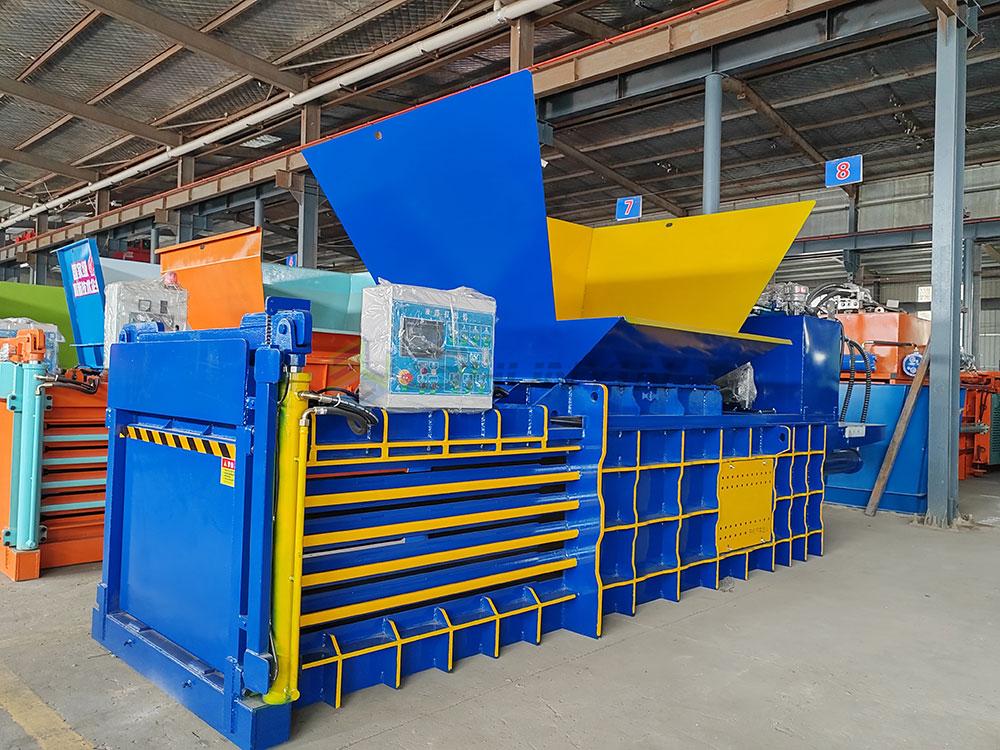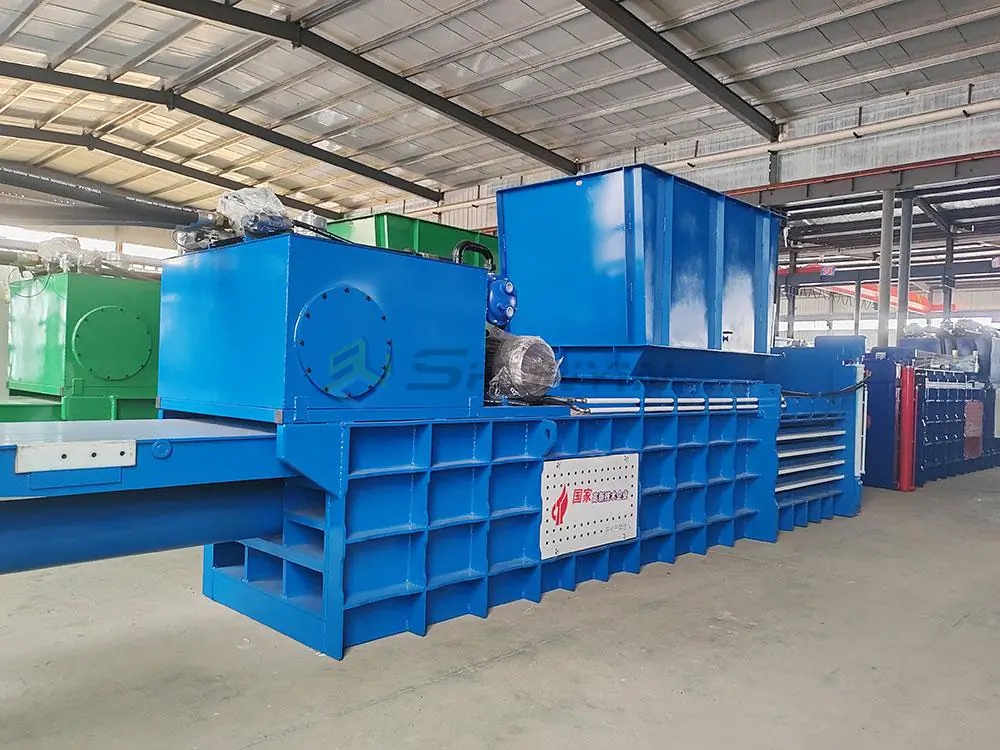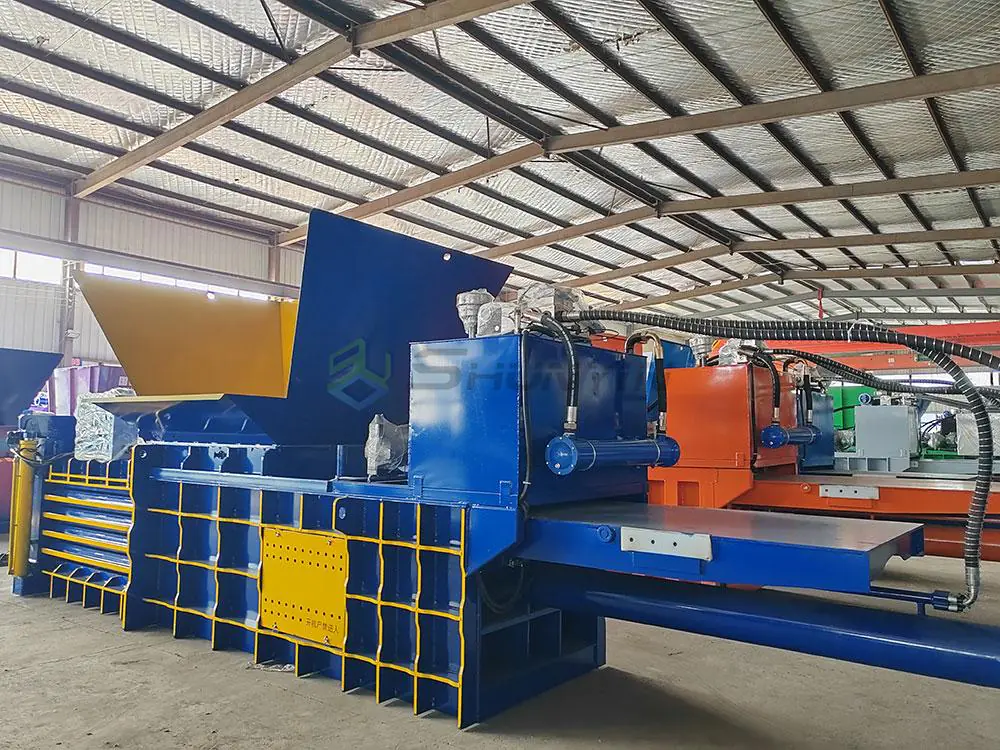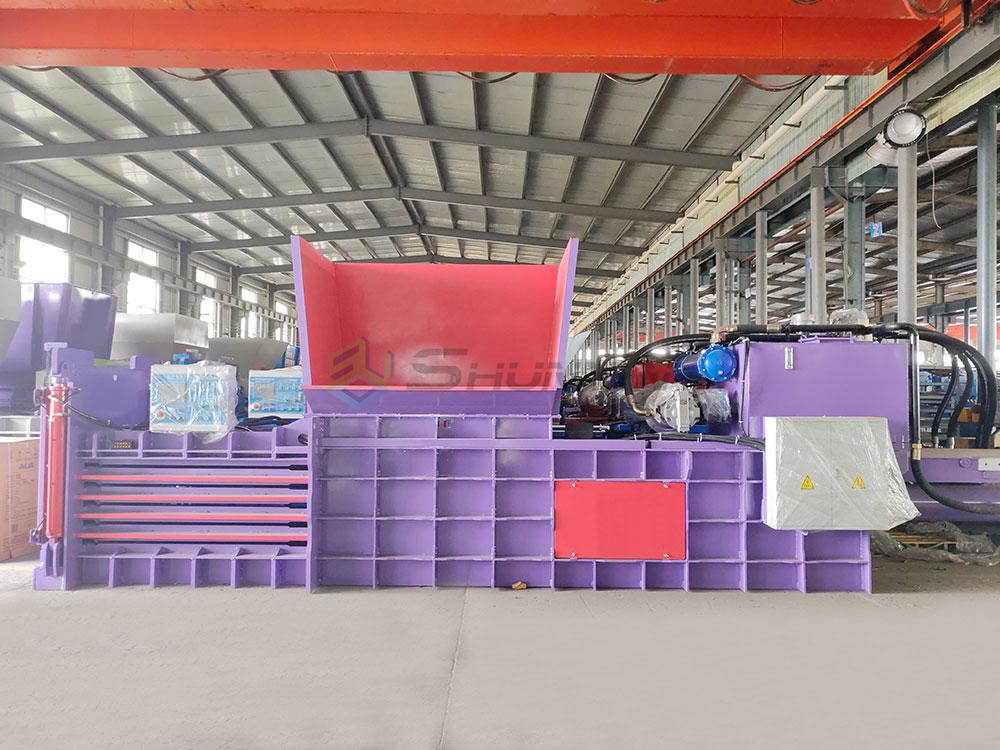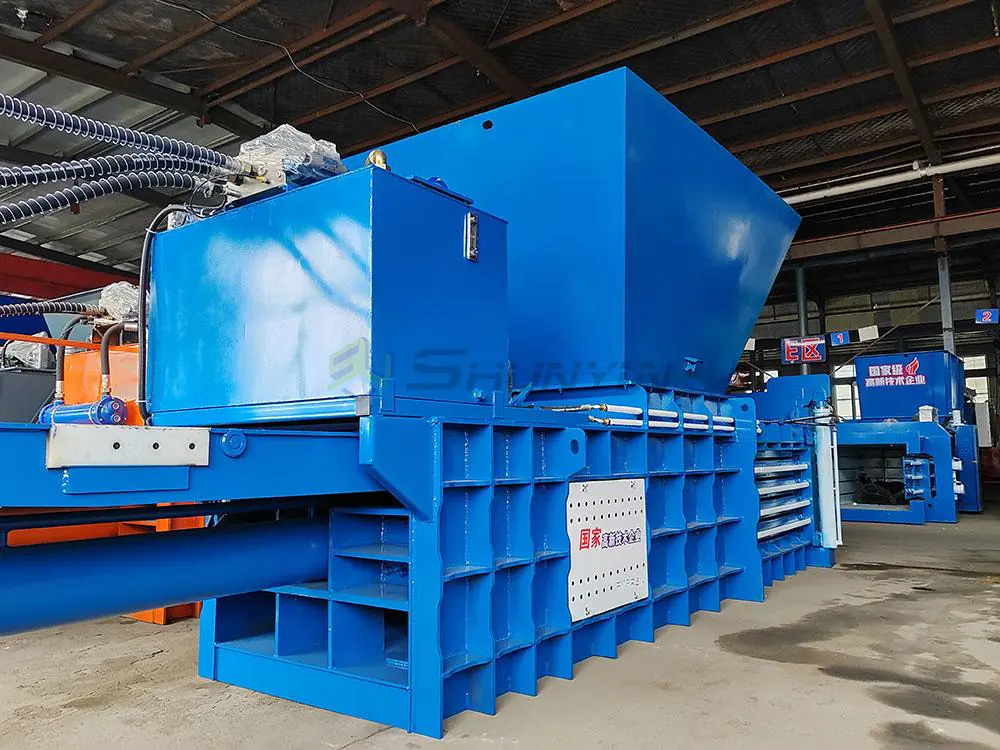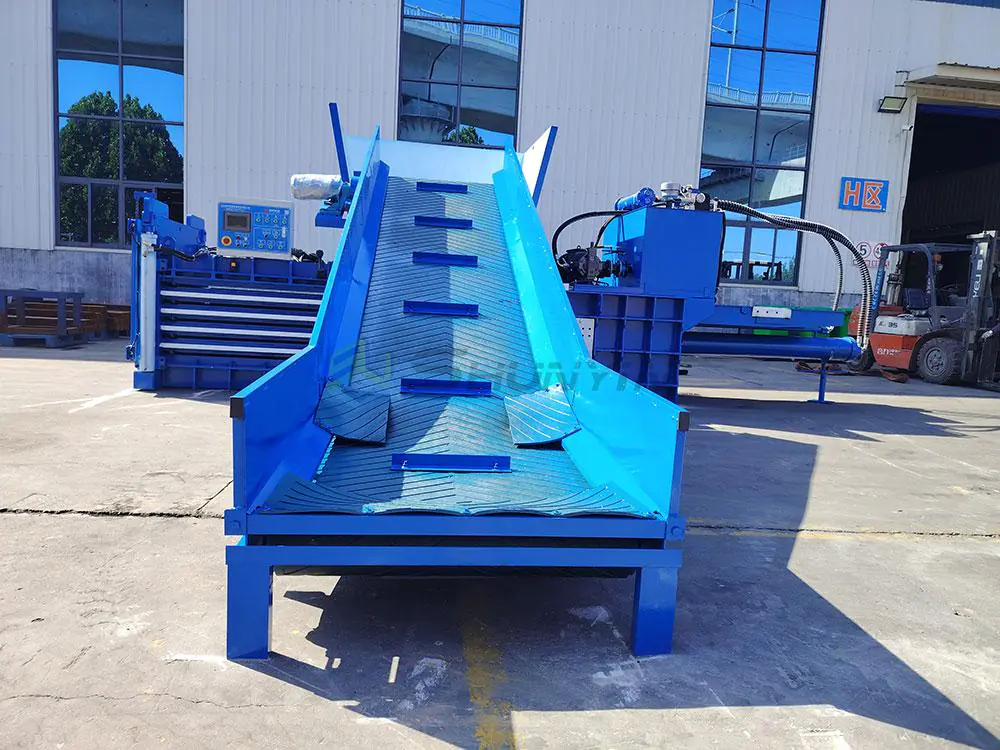
Want to cut waste disposal costs by 40-60% immediately? Our first client saved $2,800/month after switching to vertical balers1. Now let’s unpack how this machine works – and why my 11 years in the baler industry prove vertical models outperform other options.
A vertical baler compresses recyclables/cardboard using hydraulic pressure, reducing waste volume by 80-90%. Key benefits include floor space efficiency (requires only 15-20m²), lower initial cost vs horizontal models (average $8,500-$18,000), and safer operation through top-load design. Vertical balers require 230V power, generate 8-16 tons pressure, and handle 800-2,000 lbs/hour processing capacity.
As factory owner producing 20 machines/month, I’ve seen how buyers overlook key differences. Let me guide you through 8 concrete advantages you can’t risk ignoring – crucial factors determining whether balers will solve your waste problems or become warehouse mistakes.
What is the use of vertical baler?

Last week, a Canadian buyer asked: "Why install vertical when warehouse has space for horizontal baler?" The answer lies in operational reality. Vertical balers serve four core functions across industries:
Optimized Waste Management
| Application Scenario | Workflow | Density Achieved |
|---|---|---|
| Supermarket chains | Cardboard box compression | 450-600 kg/m³ |
| Metal workshops | Aluminum scraps binding | 280-350 kg/m³ |
| Printing plants | Paper waste recycling | 380-500 kg/m³ |
| Textile factories | Fabric remnants processing | 150-220 kg/m³ |
Here’s why smart businesses choose vertical models:
- Direct labor cost reduction: Our Philippine client cut waste staff from 5 to 2
- Shipping savings: Compressed bales reduce transport frequency by 60%
- Zero pre-sorting: Mixed materials compressed without separation
Vertical balers shine where quick daily processing needed – not just occasional large-volume jobs. The semi-automatic models need only 1 operator (vs 3 for horizontal systems).
What are the benefits of a baler?

When Toronto recycler EcoCycle compared options, they found balers delivered 4 strategic advantages critical for survival in 2024’s economy.
Financial & Environmental Gains
| Metric | Before Baler | After Vertical Baler |
|---|---|---|
| Waste removal cost | $1,800/month | $720/month |
| Storage space | 210 sq.ft. | 75 sq.ft. |
| Recycling revenue | $0 | $430/month |
| Accident rate | 2.1 incidents/month | 0.3 incidents/month |
From my production line experience:
- ROI <14 months – Typical payback period at 9 hours/day operation
- Insurance discounts – 18% lower premiums via OSHA compliance
- Market differentiation – 76% consumers prefer eco-certified suppliers
But benefit realization depends on proper model selection. That’s why we offer free consultation to match your materials/volumes.
What is the difference between a vertical and horizontal baler?

Choosing between baler types isn’t about "better/worse" – it’s operational fit. Let’s break it down through 5 key parameters:
Technical & Economic Comparison
| Factor | Vertical Baler | Horizontal Baler |
|---|---|---|
| Capacity | 0.8-2 tons/hour | 3-8 tons/hour |
| Floor space | 6.5’x8′ | 25’x12′ |
| Labor needed | 1 operator | 2-3 operators |
| Initial cost | $9K-$17K | $35K-$90K |
| Energy use | 5-8 kW | 18-30 kW |
Strategic selection criteria:
- Frequency: Daily use → vertical; weekly → horizontal
- Material type: Loose plastics → horizontal; cardboard→ vertical
- Bale size: Vertical produces bales <1m height
Our engineers developed this decision flowchart for buyers:
Material volume/day > 3 tons? → Yes → Horizontal
↓ No
Need automatic feeding? → Yes → Horizontal
↓ No
Space limits? → Yes → Vertical
What is a baler in manufacturing?

In my factory producing 150+ balers/year, we treat balers as production line extensions. Modern manufacturing sees balers as:
Advanced Waste Conversion Systems
- Material Recovery Stations
- Baling → Storage → Transport → Recycling hub
- HSE Compliance Tools
- Eliminate loose waste trip hazards
- Prevent material oxidation/loss
- Profit Center
- Aluminum scrap value increases 22% when baled
- Cardboard bales fetch 17% higher prices than loose
Key Technical Specs Industrial Buyers Need:
- Cylinder stroke: 750-1200mm
- Motor power: 5.5-11kW
- Bale weight: 200-600 kg
- Cycle time: 90-150 seconds
Yet 63% of manufacturers underutilize balers by:
- Wrong pressure settings → incomplete compression
- No routine maintenance → 30% efficiency loss
- Improper material mix → jams
Talk to our engineers for custom PLC programming solving your specific material challenges.
Through 11 years manufacturing balers and serving clients in 14 countries, I confirm vertical models offer unmatched value for 80% of SMEs. They slash costs → boost safety → improve sustainability. But success requires choosing the right configuration and supplier. Ready to transform your waste stream? Get expert guidance within 24 hours.
-
Explore the benefits of vertical balers to understand how they can significantly reduce waste disposal costs and improve efficiency. ↩


